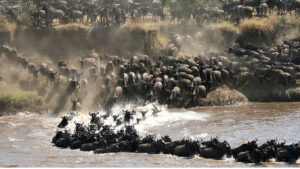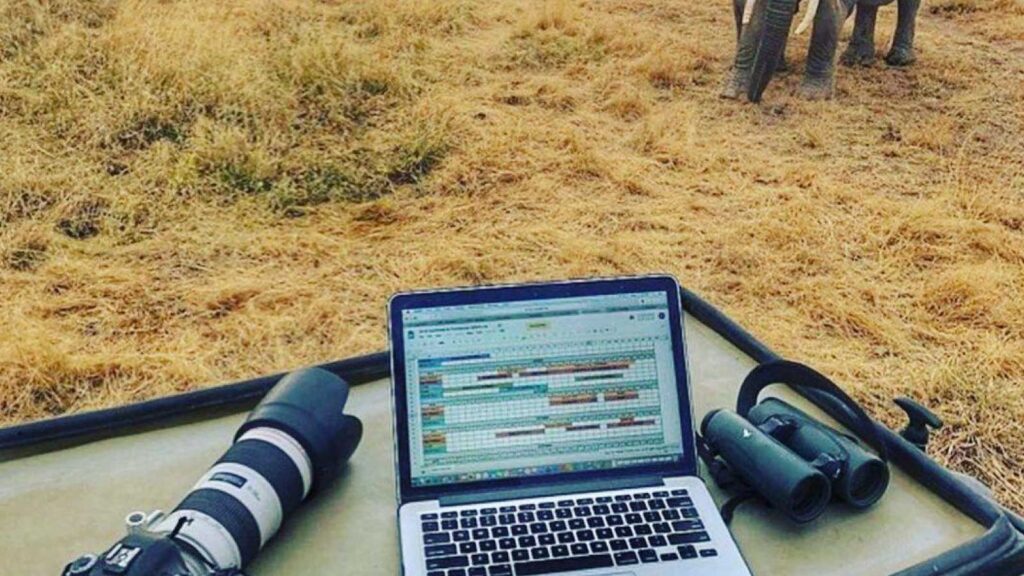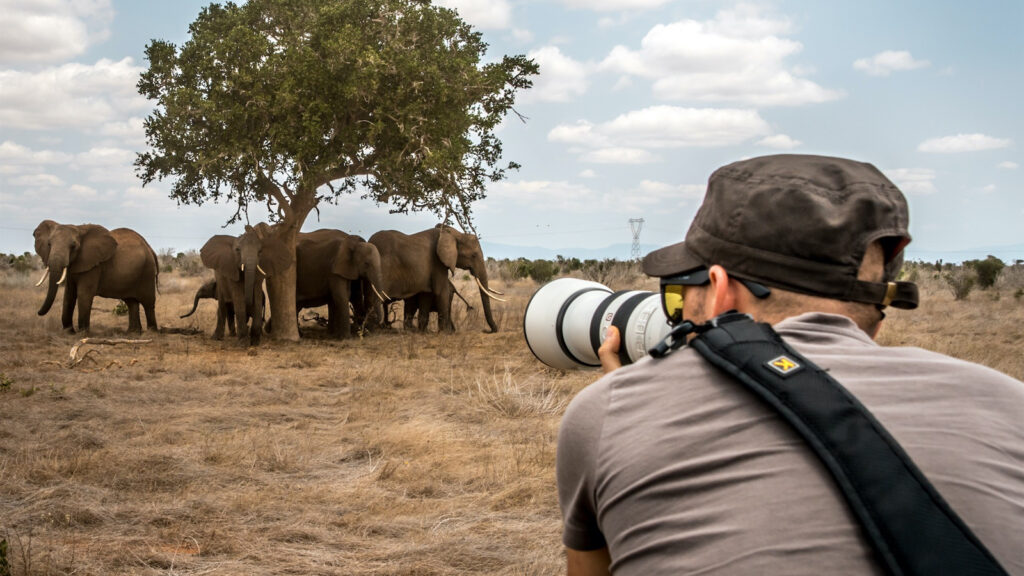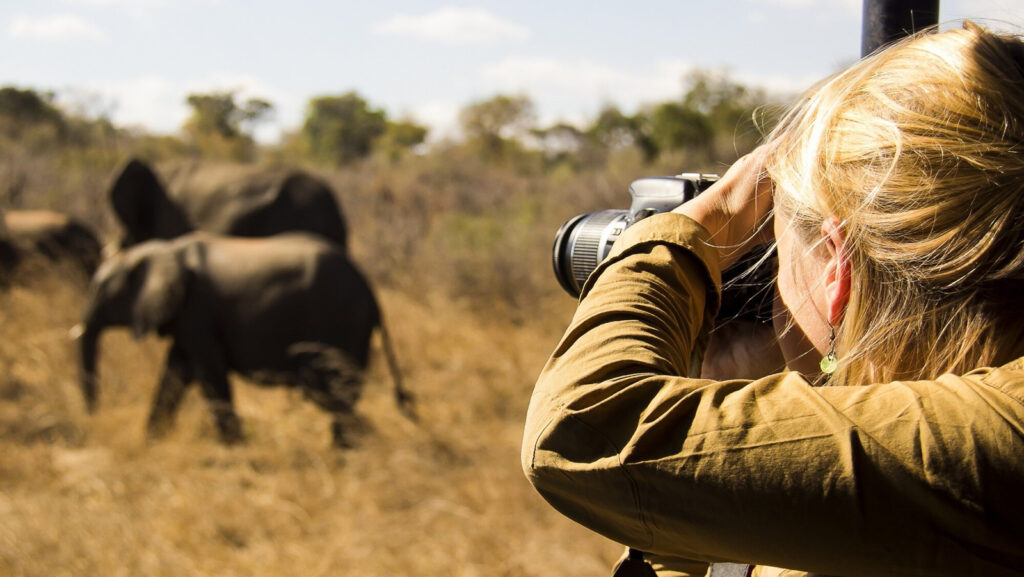- Overview
- Trip Outline
- Trip Includes
- Trip Excludes
- Gallery
- FAQ
The Great Serengeti migration
Serengeti Great Migration safari has been listed as one of the Seven Natural Wonders of the World
About Tanzania Serengeti Migration safari
Tanzania Serengeti migration safari is undoubtedly the best-known wildlife sanctuary in the world, unequalled for its natural beauty and scientific value, it has the greatest concentration of plains game in Africa.The Serengeti National Park in Tanzania was established in 1952. It is home to the greatest wildlife spectacle on earth - the great migration of wildebeest and zebra. The resident population of lion, cheetah, elephant, giraffe, and birds is also impressive. There's a wide variety of accommodation available, from luxury lodges to mobile camps. The park covers 5,700 sq miles, (14,763 sq km), it's larger than Connecticut, with at most a couple hundred vehicles driving around.
The best time to see the Great Migration each month
The Great Migration is an incredible natural phenomenon that involves the movement of millions of wildebeest, zebras, and other herbivores across the Serengeti ecosystem in East Africa. The timing of the migration can vary slightly each year, but generally.:
January to March: During these months, the herds are typically found in the southern Serengeti plains of Tanzania, as well as in the Ngorongoro Conservation Area. This period marks the calving season, when thousands of wildebeest give birth to their young. It's a great time to witness the dramatic and often intense interactions between predators and newborn animals. April to June: This period marks the transition from the southern Serengeti to the western Serengeti and Grumeti Reserve. The herds begin their journey towards the northern areas, crossing rivers and facing potential crocodile attacks. April and May are generally considered the rainy season, with lush green landscapes. July to September: The wildebeest herds continue their migration, moving through the western corridor of the Serengeti and crossing the Grumeti and Mara rivers. The river crossings can be particularly thrilling to witness as the animals brave the crocodile-infested waters. By late July, the herds often enter the Masai Mara Reserve in Kenya, where they remain until October. October to December: During these months, the herds begin their return journey from the Masai Mara to the southern Serengeti. The animals face various challenges, including crossing the rivers again and dealing with predators along the way. In November and December, the southern plains of the Serengeti once again become the primary location for the herds, as they prepare for the calving season to repeat itself.
No details found.
No details found.
No details found.
No Details Found




